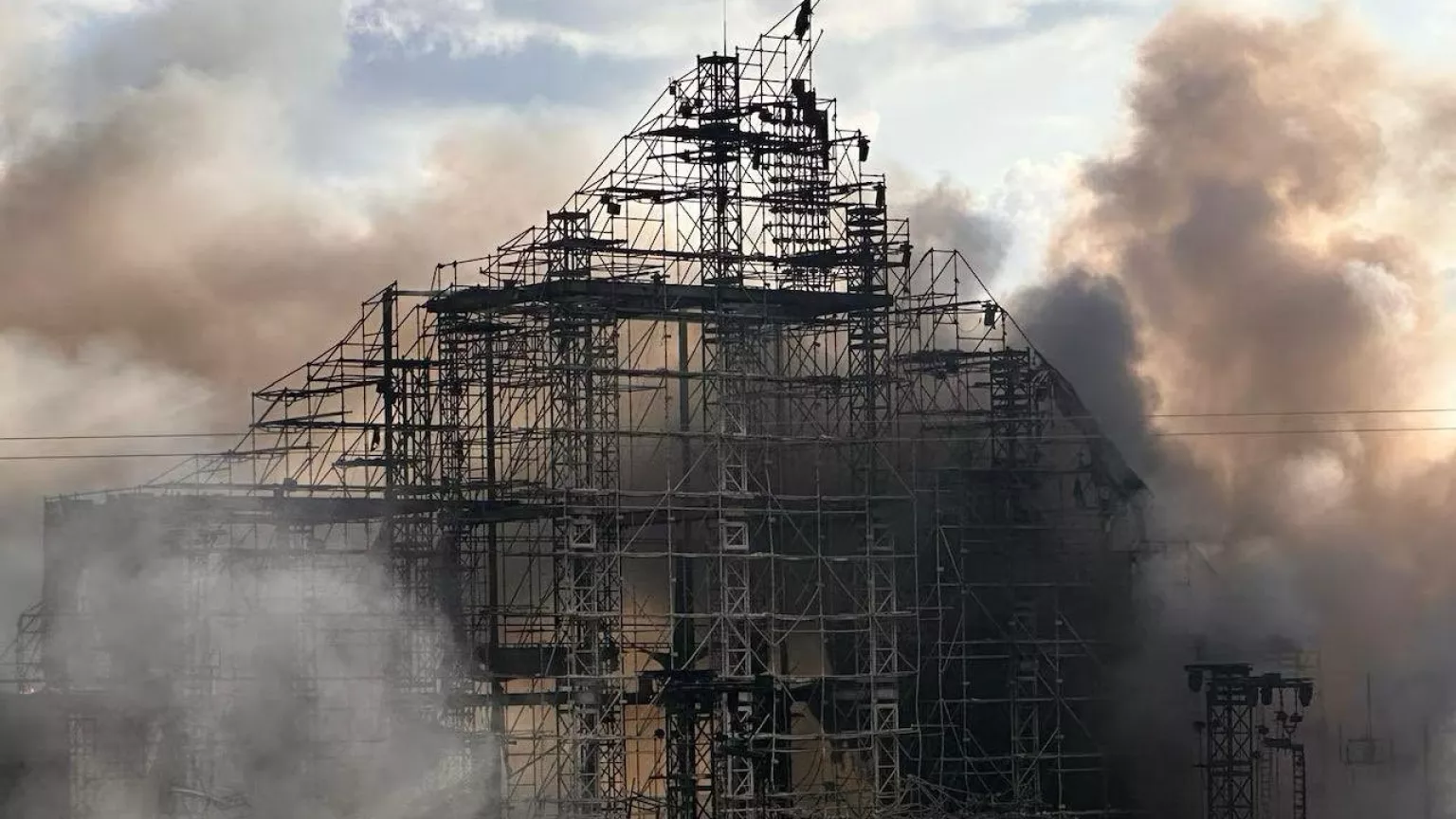
- by Rachel Vidal
- Aug 01, 2025
- bandwidth redundancy
If there's anything in the event planning space that anyone can tell you, it's that if something can go wrong, it will go wrong. That's why having a solid back up plan ready is not just a suggestion-- it’s a necessity.
Last week the folks behind Tomorrowland, one of the world's largest annual EDM festivals in Belgium, were faced with this when the main stage burned down just days before the festival was scheduled to begin. While thankfully no attendees were present at the time of the fire, 1000 employees onsite and some neighboring properties were evacuated. Fortunately, Tomorrowland was able to salvage the main stage by putting together a massive LED wall. While not nearly as grand as the original sculptural stage, the festival went on to welcome 400,000 attendees, many of whom trekked across the world, and the show was a success for multiple weekends without further incident. This was a masterful save, but at the time of the fire, it seemed as though the success of the entire festival hung in the balance.
While the internet won’t literally send your otherwise meticulously planned event up in flames, it certainly feels that way when the internet is down and connectivity is mission critical to operations. That's why it is imperative to have a back up. Or two. Or maybe even three. So what can you do to prepare? One word: redundancy!
For the internet, a way to design your network with redundancy is to secure multiple bandwidth sources. The main types of internet bandwidth are cable/ fiber, cellular, and satellite. Each has its own strengths and weaknesses, so acquiring multiple types of internet as well as multiple sources is best.
Cable/ Fiber
Most venues and buildings of modern construction will already have cable/ fiber internet installed, but not every building does. Cable/ fiber bandwidth is the fastest and most reliable bandwidth, supporting even the most bandwidth-hungry applications. While it is the most reliable, catastrophic failures at the provider's data centers do occur rarely, but it can be avoided by getting bandwidth drops from multiple cable/ fiber companies if possible. Be sure to ask your venue contacts about what infrastructure is already at your event space and whether you may access it. You can also hire a third party company to bring a bandwidth drop to you.
Cellular
Major cell carriers have made considerable investment in building out their networks across the country which has resulted in robust connectivity in most developed areas, especially in recent years. Venues that expect to host thousands of attendees will typically have a distributed antenna system (DAS) built into the building’s infrastructure to boost cellular signal to higher floors, underground, and in crowds of people. Cellular is flexible because it is inherently wireless. However, its success is heavily dependent on the quality of the infrastructure in your area and the speeds greatly diminish in high density crowds. Cell network overload can be mitigated by securing connectivity from multiple cellular carriers. Out of the three bandwidth sources in this article, cellular has the least bandwidth and can be less reliable in high density settings, but can easily provide quality internet connectivity for lower bandwidth activities like POS, contact collection, or web browsing.
Satellite
If your event is outdoors, satellite is a great option. Space X's Starlinks offer speeds that blow traditional satellite internet out of the water. Starlink satellites must be used outdoors and are highly dependent on location because the satellites need to have full line-of-sight to the sky. Speeds can fluctuate depending on time of day, but is generally very reliable and can offer higher speeds than cellular, even in crowded settings. In some cases, it may be possible to set up Starlinks outside and route wire inside a building to connect to other network equipment.
All that said, here’s another tip: consider Trade Show Internet for temporary WiFi solutions at events. We’ve deployed high-performance Internet at thousands of events and have established many of the industry’s best practices along the way. Take a look at our solutions for Event WiFi and our Event IT solutions to see what we have to offer. For a successful installation that covers all of your needs at your next event, let’s get in touch.

